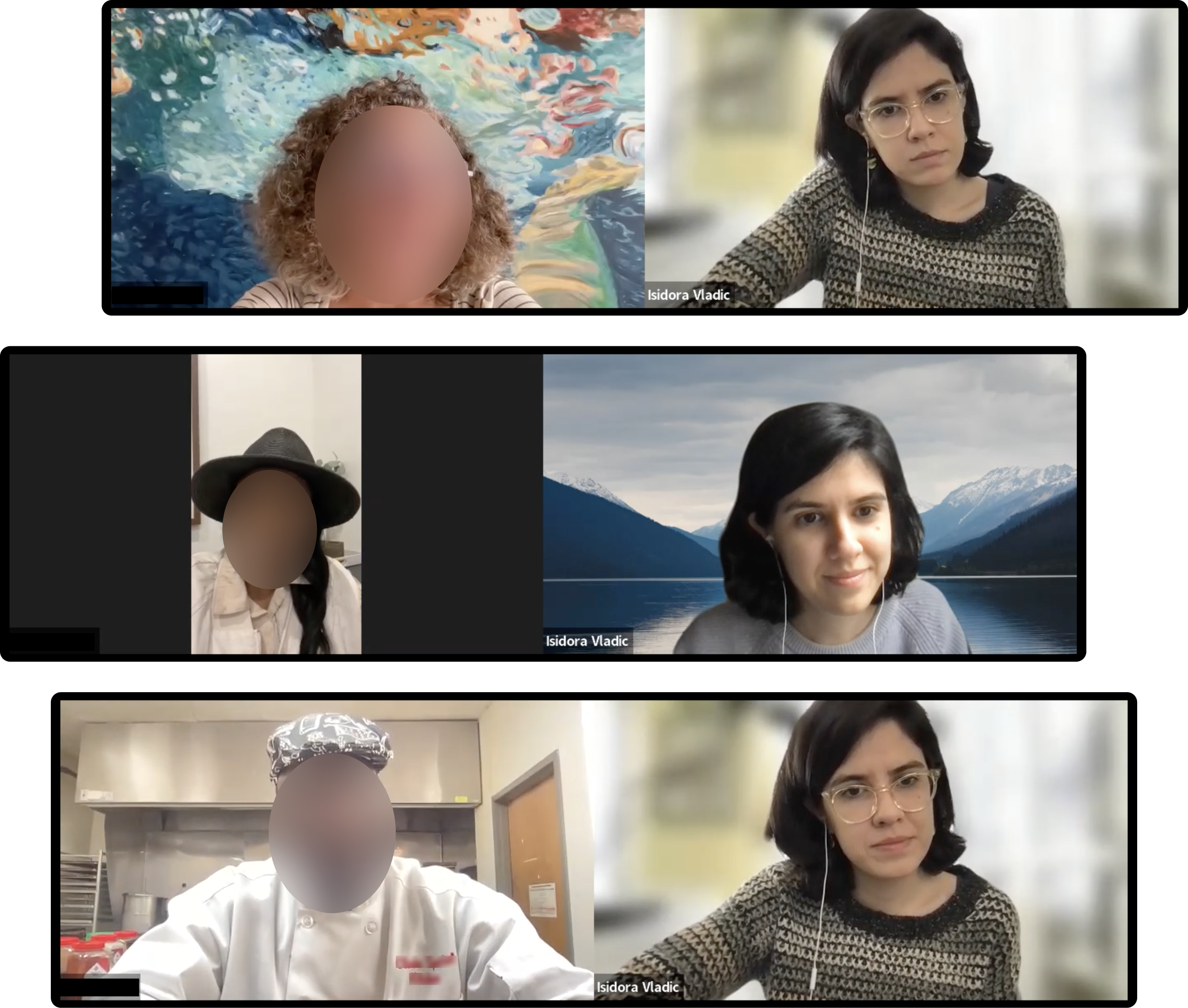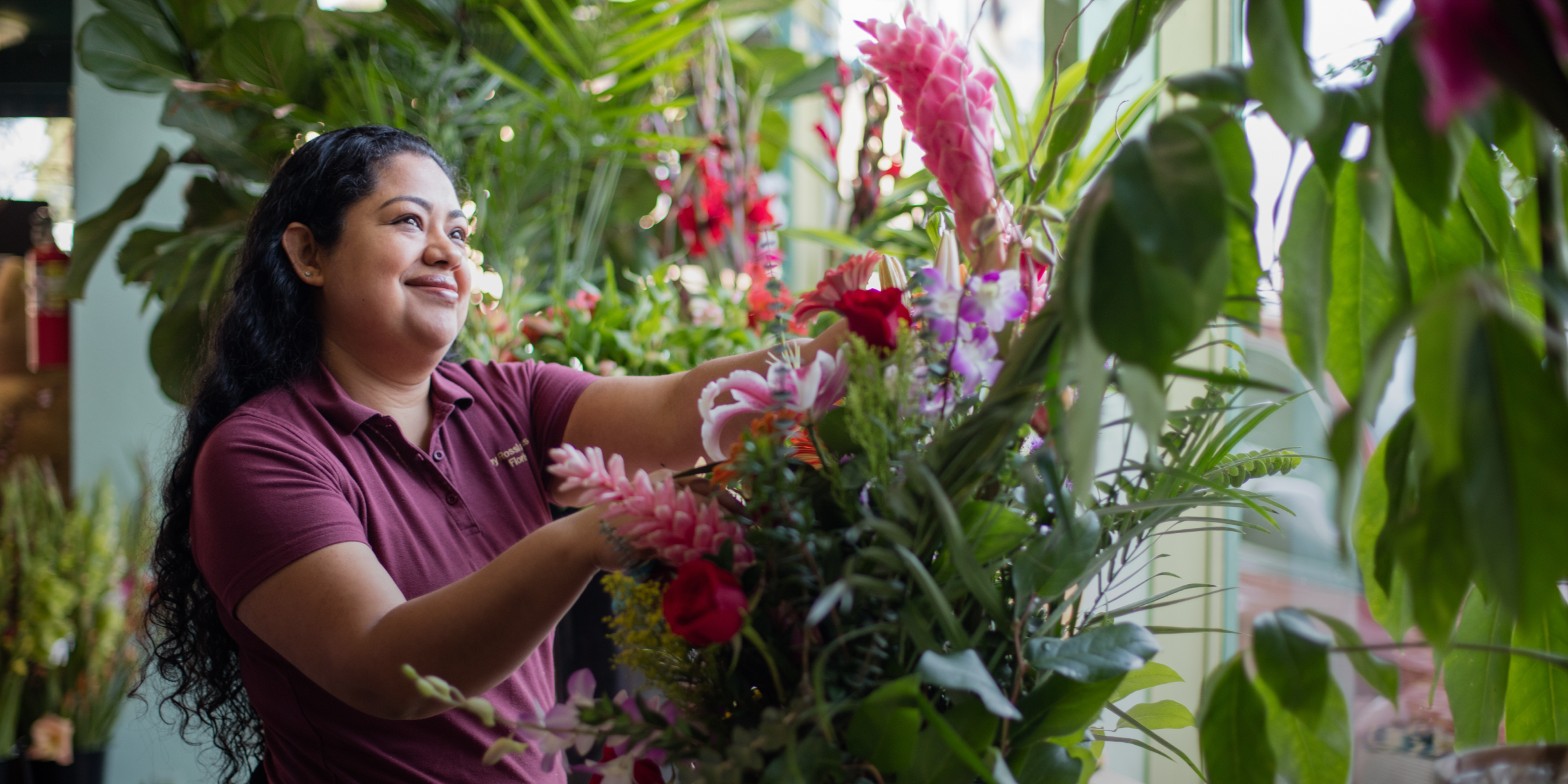
*Carmen, U.S. Borrower - photo courtesy of Kiva
Research Summary

U.S. borrowers on Kiva.org
CONTEXT
Kiva is a nonprofit with a global mission to enhance financial access in developing communities through crowdfunded microloans. Lenders worldwide can contribute as little as $25 to a borrower's loan on Kiva's online platform. When borrowers repay, lenders can reinvest those funds to support other borrowers.
When U.S. borrowers apply for a 0% interest loan on Kiva's website, they go through a "social underwriting" process. This includes a private fundraising period (PFP) where borrowers have a specific timeframe to secure a set number of lenders within their community for their privately posted loan. If they meet this goal, their loan becomes publicly available on the Kiva website for lenders worldwide to contribute to.
PROBLEM
We want to identify opportunities for Kiva to increase the volume and efficacy of loan shares among U.S. borrowers in order to help increase demand for U.S. loans.
ROLE
User Researcher
TEAM
Product Manager, Principal User Researcher
TIMELINE
February 2023 - 4 weeks
TOOLS
Zoom, Dovetail
METHOD
Interviews
TOP INSIGHTS
- The top obstacle borrowers face in promoting their loan more frequently is instrinsic: discomfort with asking for money and concerns about over-asking their networks
- Borrowers expectations are misaligned with Kiva's goal of more frequent borrower sharing: borrowers don't expect to play an active role during the public fundraising period
- Borrowers faced difficulty advocating for Kiva in addition to their business: borrowers aren't sure how to effectively advocate for Kiva and as a result their networks can be mistrusting of Kiva
IMPACT
Long term strategy for Kiva U.S.
This research helped the product team empathize more deeply with borrowers and informed an ideation workshop to find more comprehensive solutions beyond just borrower sharing that aimed at strengthening networks of local borrowers and lenders within select communities.
SMS updates for borrowers
I was also tasked with designing SMS updates to address additional pain points mentioned in interviews, such as profile load lag times and missed fundraising milestones.
General research contribution
Given that this was first interview study on U.S. borrowers, it laid the foundation for future research into Kiva U.S. borrowers.
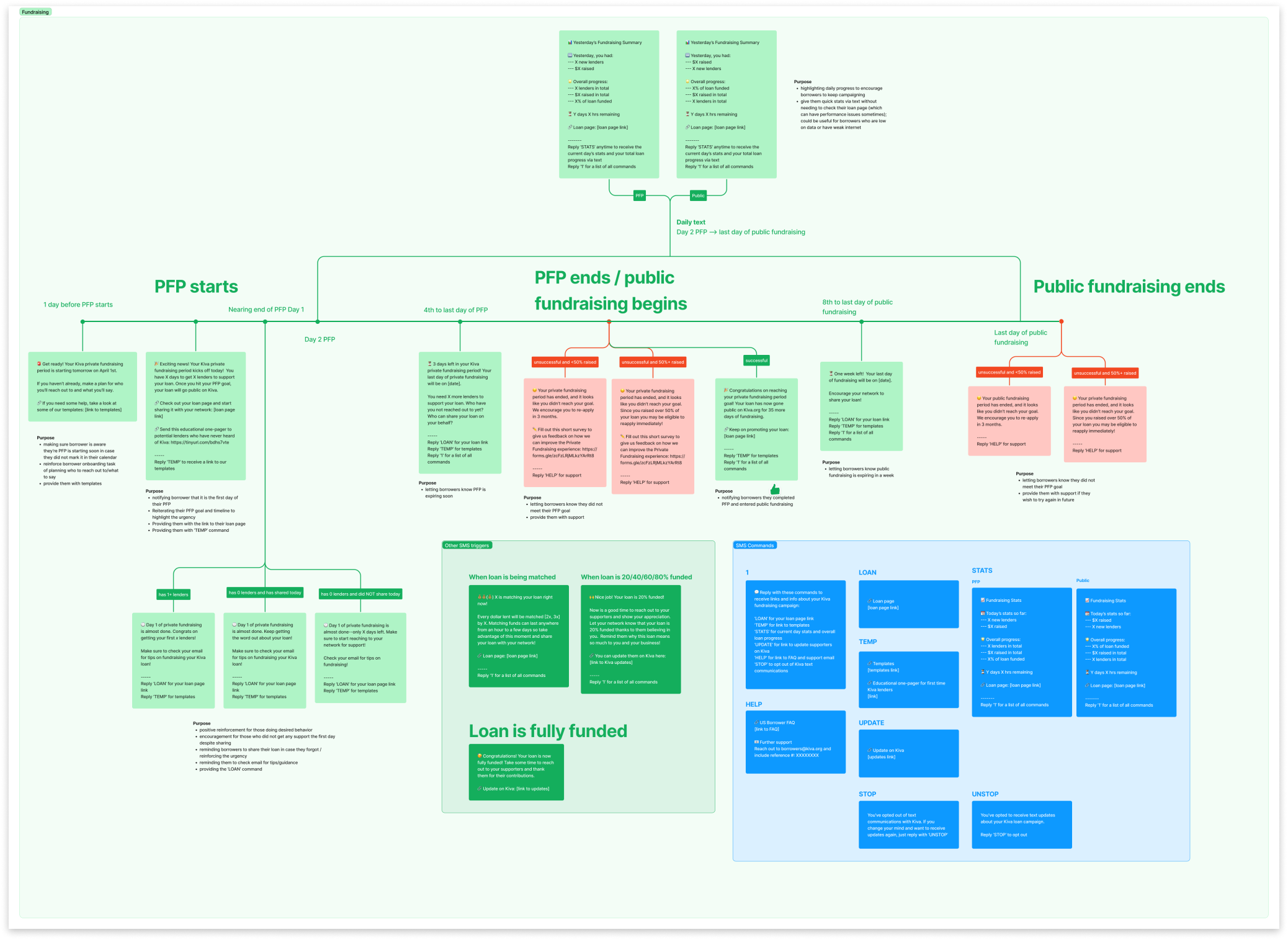
U.S. borrower SMS updates
Process
GOALS
- Identify obstacles that Kiva can influence which is currently preventing U.S. borrowers from sharing their loans more often
- Identify obstacles that Kiva can influence which is currently preventing U.S. borrowers loan shares from being effective
- Describe the broader U.S. borrower journey in the private and public fundraising period and identify any pain points
- Gather impressions of potential solutions that could facilitate the promotion of borrower loans
INTERVIEWS
Borrowers face intrinsic obstacles that aren't entirely removable but can be alleviated by Kiva
I recruited U.S. borrowers (n=18) to interview from Kiva's database that:
- have successfully funded their loan within past 6 months
- failed to fund their loan within past 6 months
- are currently fundraising their loan
Interviews were the best way to gain a deeper understanding of the range of obstacles and factors that influence the frequency of borrower loan promotion like the types of networks borrowers had access to and the responses from these networks.
Along with the other interviews conducted by the product manager and principal user researcher, I tagged the interviews (n=32) and used affinity mapping to synthesize insights about the fundraising experience and early borrower journey.
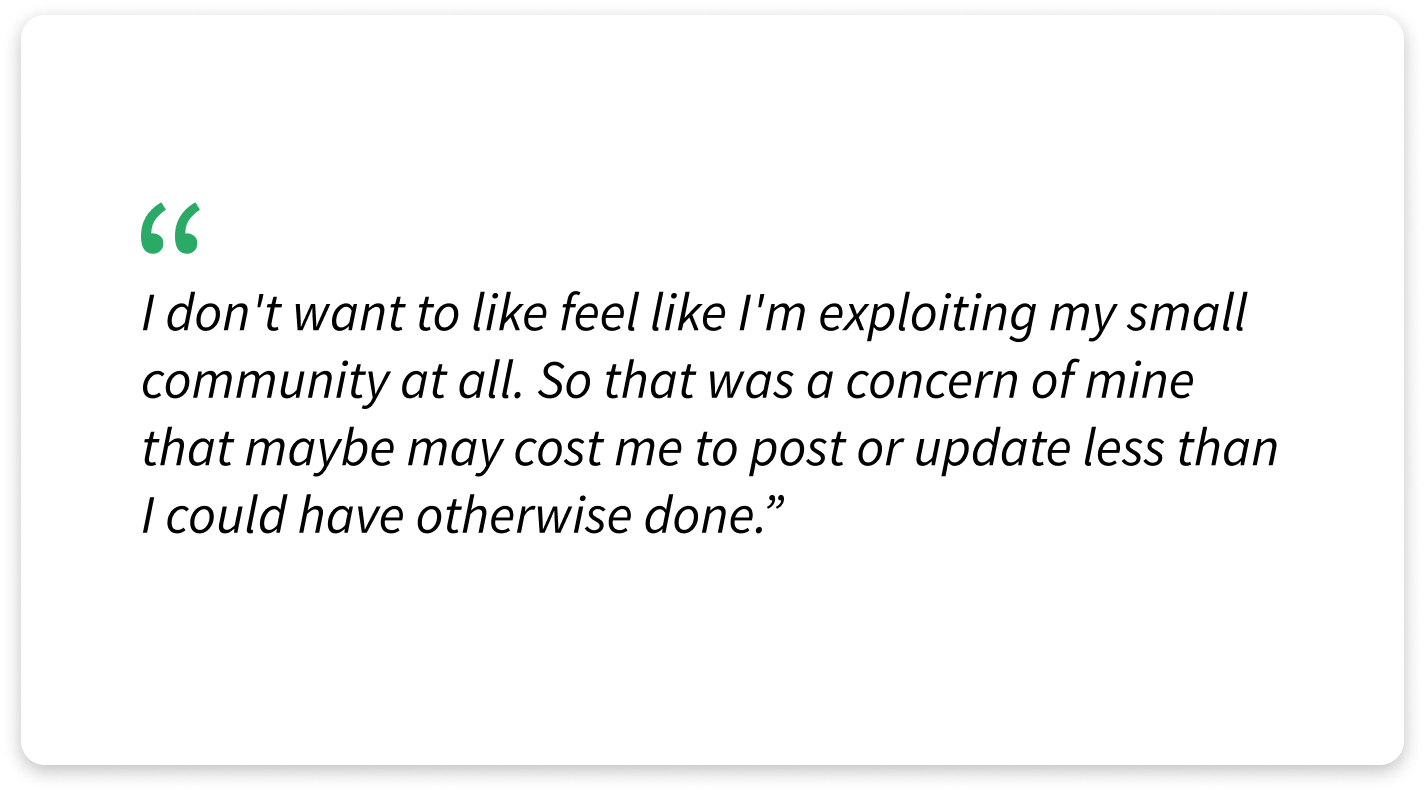
Borrowers mainly face intrinsic obstacles
The top obstacle for borrowers sharing more frequently was the general discomfort of asking for money and concerns about over-asking their networks for support.
Recommendation: Leverage existing emotional rewards through more borrower-lender interactions.
Misaligned expectations about fundraising
Most borrowers understood the requirements of the PFP, however, many borrowers expected Kiva's lender community to complete their fundraising once they reached their private fundraising period (PFP) target and didn't expect to have to continue actively promoting their loan.
Recommendation: Provide borrowers more guidance on the fundraising process and factors for success before and during their loan campaign.
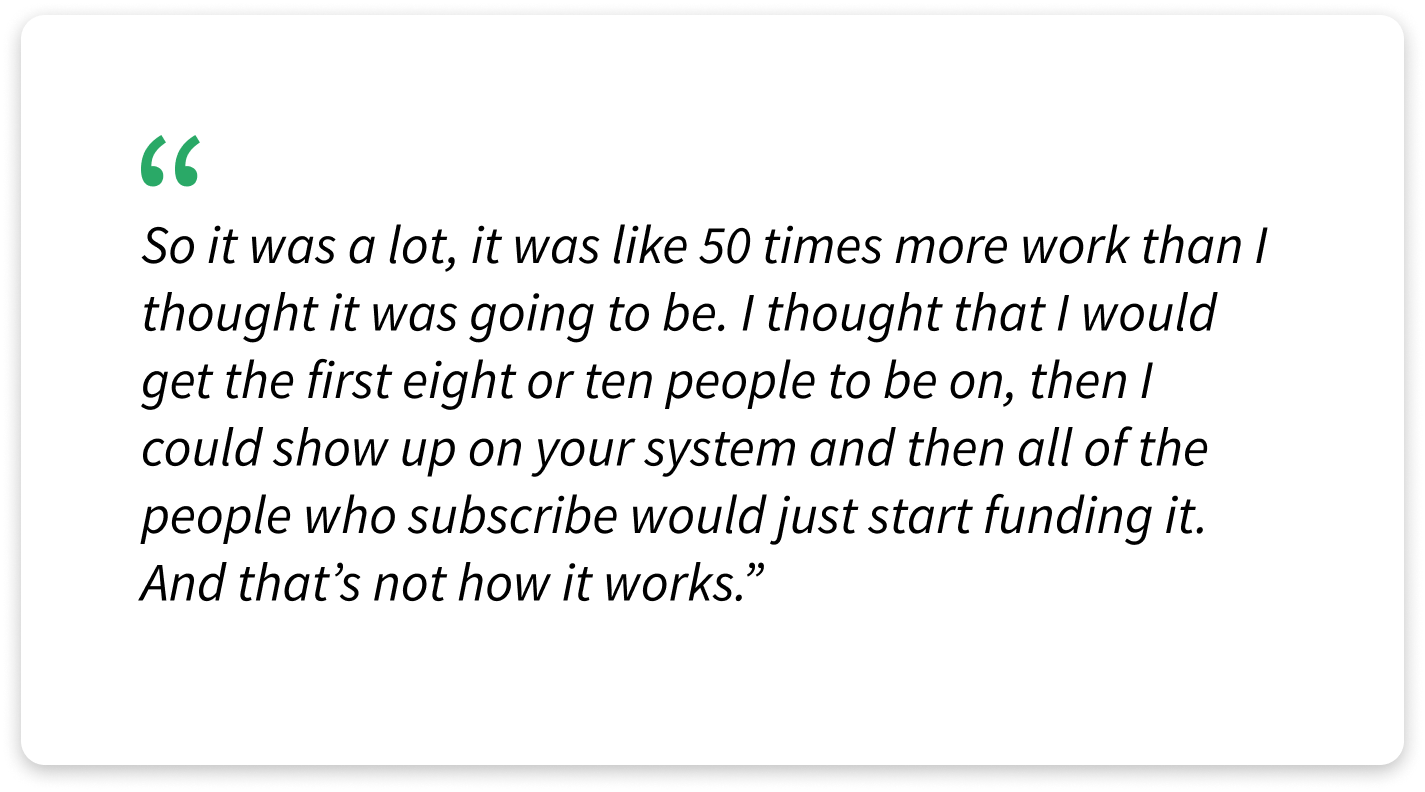
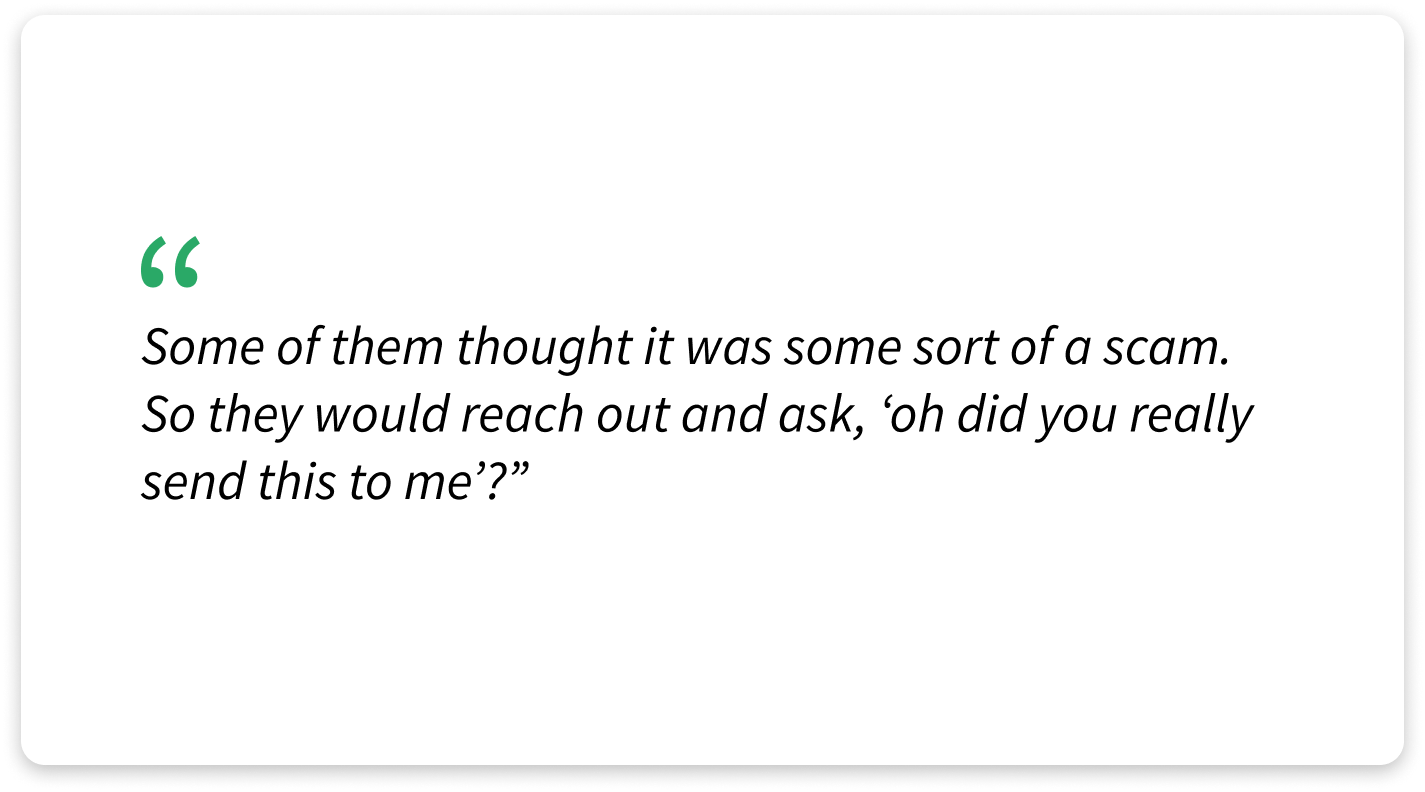
Difficulty advocating for Kiva
Several borrowers mentioned having difficulty explaining Kiva to their network. As a result, borrower networks were not always trusting of Kiva and questioned why Kiva was even needed in the first place, offering to bypass Kiva and give money directly to the borrower.
Recommendation: Develop Kiva explainer resources to make it easier for borrowers to advocate for Kiva when promoting their loan.
Conclusion
TAKEAWAYS
Aligning recommendations with parallel research
In addition to this research, parallel research studies with different user groups were being conducted, such as lenders supporting U.S. loans and Kiva Hub managers. Staying in sync with the discoveries and understandings from these interviews was important for proposing recommendations. For instance, recognizing that U.S. loan funders value updates from borrowers and that receiving support from strangers was uplifting for U.S. borrowers, prompted the suggestion to provide more opportunities for interactions between lenders and borrowers.
User research can inform broader experiences
Through this research I learned that user research can inform broader experiences than just the user experience on the Kiva website. Some of the insights in this research lead to workshops that discussed offering experiences like borrower cohorts and creating events that could help promote local businesses in Kiva U.S. Hubs.
